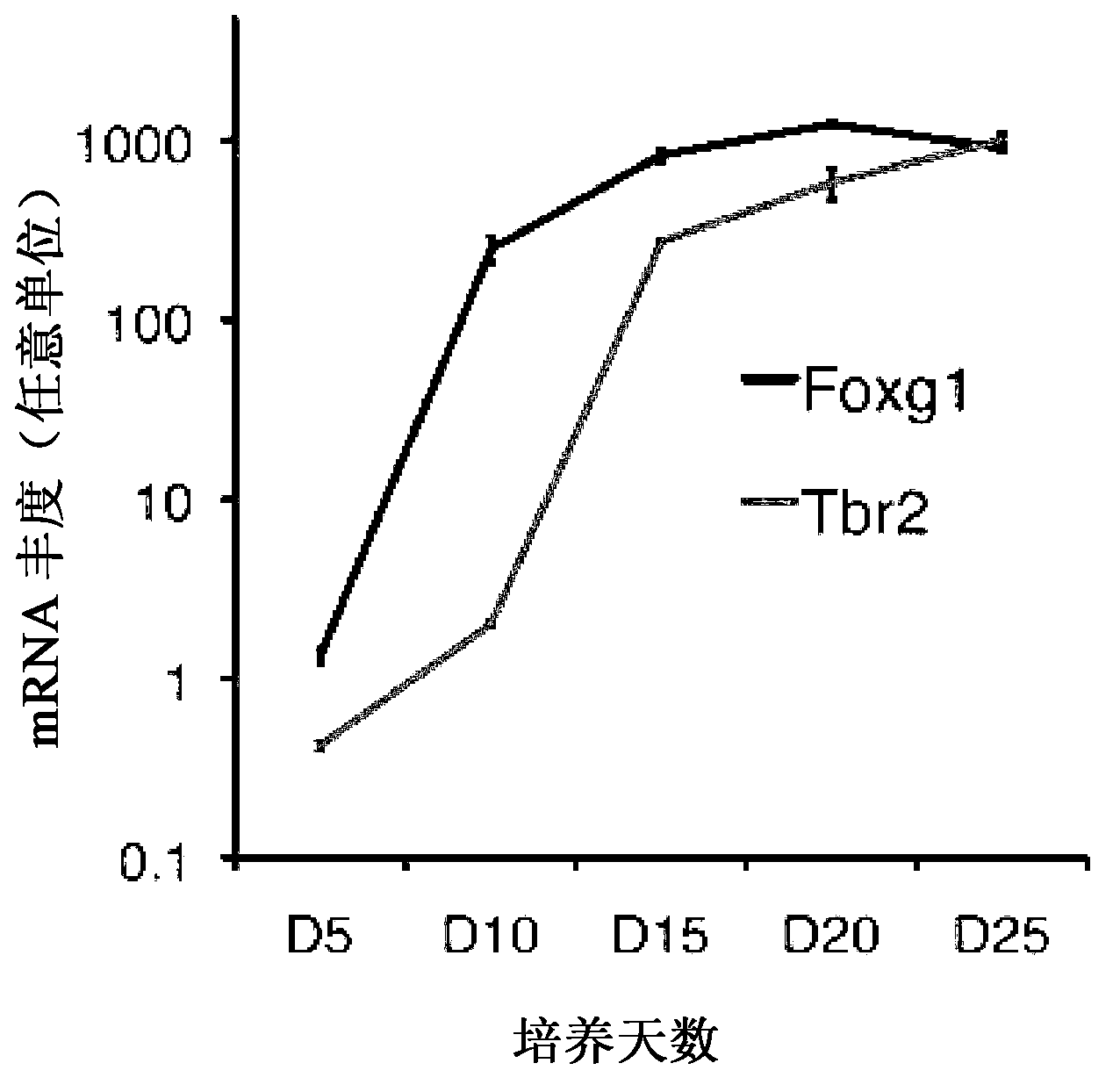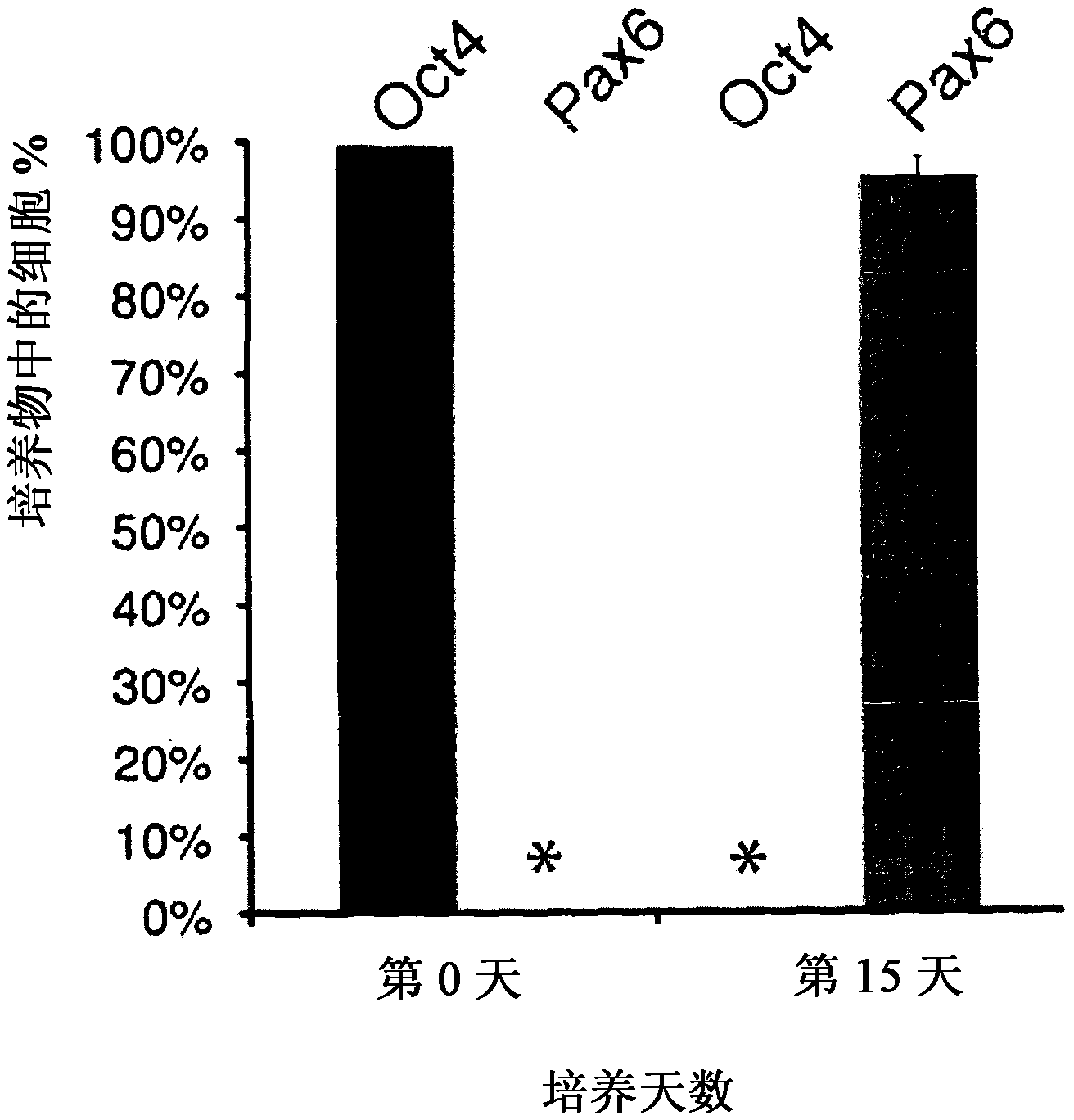Corticogenesis of human pluripotent cells
A technology of human pluripotent stem cells and cell cortex, applied in the field of cortical generation of human pluripotent cells, can solve the problem of not showing the effect of sonic hedgehog
- Summary
- Abstract
- Description
- Claims
- Application Information
AI Technical Summary
Problems solved by technology
Method used
Image
Examples
Embodiment Construction
[0205] experiment
[0206] method
[0207] Human pluripotent stem cell culture
[0208] Human ES cell research was approved by the Steering Committee of the UK Stem Cell Bank (UK Stem Cell Bank) and the Use of Stem Cell Lines (UK Code of Practice for the Use of Human Stem Cell Lines). Cell Lines) to carry out. hES (H9, WiCell Research Institute, and Edi2, a gift from Jenny Nichols, Cambridge Center for Stem Cell Research) and hiPS cell lines (DS1-iPS4, Harvard Stem Cell Institute22) were cultured according to standard methods13 in the presence of mitomycin Treatment was performed on mouse embryonic fibroblasts (MEFs). Briefly, cells were maintained in hESC medium (all components were from Invitrogen unless otherwise noted): DMEM / F12 with 20% KSR, 6 ng / ml of FGF2 (PeproTech), 1 mM of L-Gln, 100 μM of non-essential amino acids, 100 μM of 2-mercaptoethanol, 50 U / ml of penicillin, and 50 mg / ml of streptomycin.
[0209] directed differentiation into the cerebral cortex...
PUM
| Property | Measurement | Unit |
|---|---|---|
| electrical resistance | aaaaa | aaaaa |
Abstract
Description
Claims
Application Information
 Login to View More
Login to View More - R&D
- Intellectual Property
- Life Sciences
- Materials
- Tech Scout
- Unparalleled Data Quality
- Higher Quality Content
- 60% Fewer Hallucinations
Browse by: Latest US Patents, China's latest patents, Technical Efficacy Thesaurus, Application Domain, Technology Topic, Popular Technical Reports.
© 2025 PatSnap. All rights reserved.Legal|Privacy policy|Modern Slavery Act Transparency Statement|Sitemap|About US| Contact US: help@patsnap.com



